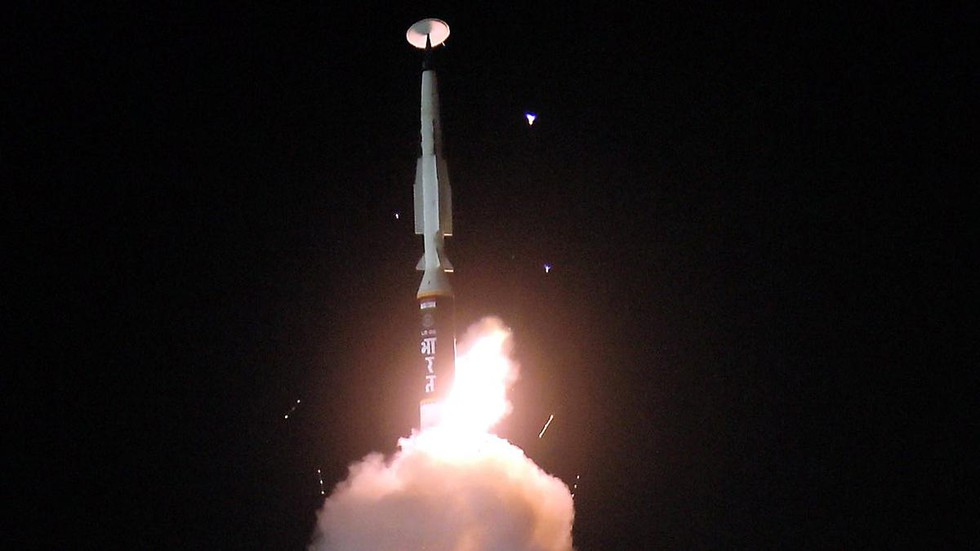In a significant achievement, India’s Defence Research and Development Organisation (DRDO) has successfully conducted a flight test of a long-range hypersonic missile off the coast of Odisha. This milestone marks a major advancement in India’s defence capabilities and positions the country among the global players in hypersonic missile technology.
pic.twitter.com/oUaB5bFtwd
🚨India has successfully tested a long-range hypersonic missile, which Defense Minister Rajnath Singh has hailed as historic.— The Viral News (@theviralnews099) November 17, 2024
About the Long-Range Hypersonic Missile
The newly tested missile can carry various payloads over a range of more than 1,500 kilometers, making it a formidable asset for India’s Armed Forces. Developed by the laboratories of the Dr. APJ Abdul Kalam Missile Complex in Hyderabad, in collaboration with other DRDO labs and industry partners, this missile is a testament to India’s growing self-reliance in defence technologies.
What Are Hypersonic Missiles?
Hypersonic missiles are defined by their incredible speed—at least five times the speed of sound, also known as Mach 5. What sets them apart from conventional missiles is their manoeuvrability. Unlike ballistic missiles, which follow a fixed trajectory, hypersonic missiles can alter their path mid-flight, making them harder to intercept and track.
Hypersonic missiles are typically powered by scramjet engines, allowing them to sustain their high speeds throughout flight. They fly at lower altitudes compared to ballistic missiles, making them harder to detect by radar systems, especially at long distances.
There are two main types of hypersonic weapon systems:
- Hypersonic Glide Vehicles (HGVs): These are launched from a rocket before gliding to their target.
- Hypersonic Cruise Missiles (HCMs): These are powered by air-breathing engines called scramjets after they acquire their target.
Advantages of Hypersonic Missiles
Hypersonic missiles offer several strategic advantages:
- Long-Range Strike: They provide the ability to strike distant, defended, or time-critical targets when other forces are unavailable or access is denied.
- Kinetic Energy: Hypersonic weapons use kinetic energy (energy from motion) to destroy targets, including hardened and underground facilities.
- Stealthy Flight: These missiles fly at lower altitudes than ballistic missiles, making them less detectable by surface-based sensors, such as radars.
Global Context: Competing in the Hypersonic Race
While India’s successful test marks a crucial step, countries like Russia and China are believed to be ahead in the development of hypersonic missile technology. Meanwhile, the United States is also investing heavily in this field, with ambitious programmes aimed at creating a range of hypersonic weapons.
Why This Test Matters for India
This successful flight test not only enhances India’s military capabilities but also positions the country as a key player in the global race for advanced weapons technology. The long-range hypersonic missile is expected to give India a strategic advantage in terms of deterrence and offensive capability, especially in critical defence scenarios.
Also Read: India’s Arms Exports Soar: A New Era of Defense Manufacturing
Conclusion
India’s development and successful testing of the long-range hypersonic missile represent a leap forward in the country’s defence technology. With its high speed, manoeuvrability, and stealth capabilities, hypersonic missiles are poised to become a cornerstone of modern warfare. As the world’s major powers continue to race in this space, India’s entry into the hypersonic missile domain is a significant step toward ensuring national security and technological self-sufficiency.
Follow US





